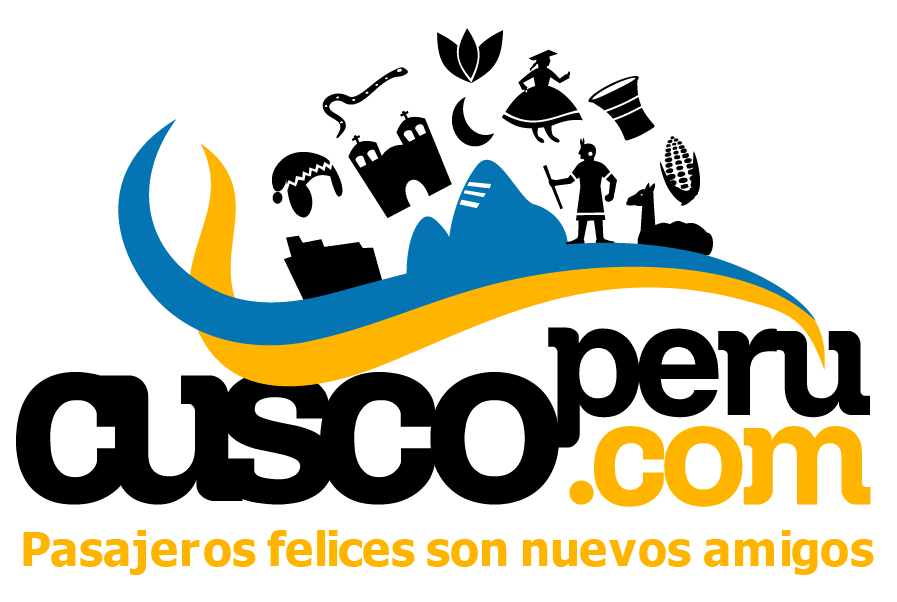The price of the Cusco Tourist Ticket varies depending on the type of ticket you choose:
There are also discounts for university students over 18 years old (with a physical ISIC card) and for minors. Children under 9 years old don’t pay.
Prices for tours to the Sacred Valley of the Incas vary depending on the type of tour you choose:
Rates may vary depending on the travel agency and the services included.
Cusco is full of history and culture! Here are some must-do activities:
Your budget will depend on your travel style. For an average traveler, we recommend bringing around $30 to $50 USD per day for a budget trip, $50 to $100 USD for a mid-range experience, and $150+ USD per day if you’re looking for more comfort or luxury.
The Cusco City Tour costs $65 USD per person and includes visits to the Cusco Cathedral, Qoricancha, Sacsayhuamán, Qenqo, Puka Pukara, and Tambomachay. The price covers transportation, entrance fees, and a professional guide, but does not include meals, tips, or accommodation. The tour lasts about 5 hours and is available in both morning and afternoon schedules. For more details or to book, visit the official tour page here.
Train prices from Cusco to Aguas Calientes
The two main train operators are PeruRail and Inca Rail, offering different levels of service:
Tickets can be purchased online on the official PeruRail and Inca Rail websites or at their offices in Cusco. Prices may vary depending on availability and the season.
The best time to save money on a trip to Cusco is usually during the low season, from November to March. February in particular tends to offer the lowest prices on hotels, flights, and tours due to fewer tourists.
This period coincides with the rainy season, so it’s important to be prepared for changing weather. If you’re looking for a quieter and more budget-friendly trip, this might be the ideal time to visit.
There are several places you can visit for free in Cusco:
These places offer a unique experience without the need to pay an entrance fee.
Yes, visiting the Sacred Valley of the Incas is absolutely worth it! This region is full of impressive archaeological sites, stunning landscapes, and rich Inca culture. Some of the highlights include:
Beyond its fascinating history, the Sacred Valley also offers activities like biking, horseback riding, and even paragliding. If you’re planning a trip to Cusco, adding the Sacred Valley to your itinerary is an excellent idea.
The cost of the Inca Trail depends on the length of the trek and the services included. Here are some options:
Prices can vary depending on the tour operator and what’s included, such as transportation, meals, and guides. If you’d like more detailed information, we can help you choose the best option.
Cusco is full of history, culture, and breathtaking scenery. Some of the best places to visit on your own include:
Each of these places offers a unique experience, from the grandeur of Inca ruins to the natural beauty of the Andes.
Cusco is a major tourist city and, overall, it is safe for visitors, especially in central and popular areas. However, as in any destination, it’s important to take basic precautions:
The city has a well-developed tourism infrastructure and security measures in place to help protect visitors.
Rainbow Mountain, also known as Vinicunca, is located in the Cusco region of Peru, in the district of Pitumarca. It sits at an altitude of approximately 5,200 meters (17,060 ft) above sea level, offering spectacular views of the Andes Mountains.
There are two main routes to get there:
Cusco is a year-round destination, but weather conditions and tourist crowds can affect your experience.
To enjoy more stable weather and avoid large crowds, the best months to visit are April, May, September, and October. During these months, rainfall is less frequent and the landscapes are at their best.
If you’re planning a trip to Peru, the best option is to bring US dollars, as they are widely accepted at hotels, restaurants, and tour companies. In addition, exchanging US dollars for Peruvian soles usually gives you a better rate than exchanging Brazilian reais.
Although you can bring reais, not all exchange offices accept them, and the rate may not be favorable. It’s usually best to bring US dollars and then exchange part of them into soles for everyday purchases in local markets and shops.
Yes! Sacsayhuamán is absolutely worth visiting. It’s one of the most impressive Inca archaeological sites near Cusco, with massive stone walls, breathtaking views, and fascinating history. The fortress showcases the incredible engineering skills of the Incas, with precisely cut stones that have stood the test of time.
Located just about 1.5 miles from Cusco, it’s easy to reach and offers a great opportunity to explore ancient ruins while enjoying panoramic views of the city. If you’re interested in Inca history, architecture, and stunning landscapes, Sacsayhuamán is a must-see.
There are several ways to travel from Cusco to Ollantaytambo, each offering different levels of comfort and cost:
The journey covers approximately 58 km, following the PE-3S and CU-110 routes. Since Ollantaytambo is a key stop before Machu Picchu, many travelers choose to visit it along the way.

Happy passengers
